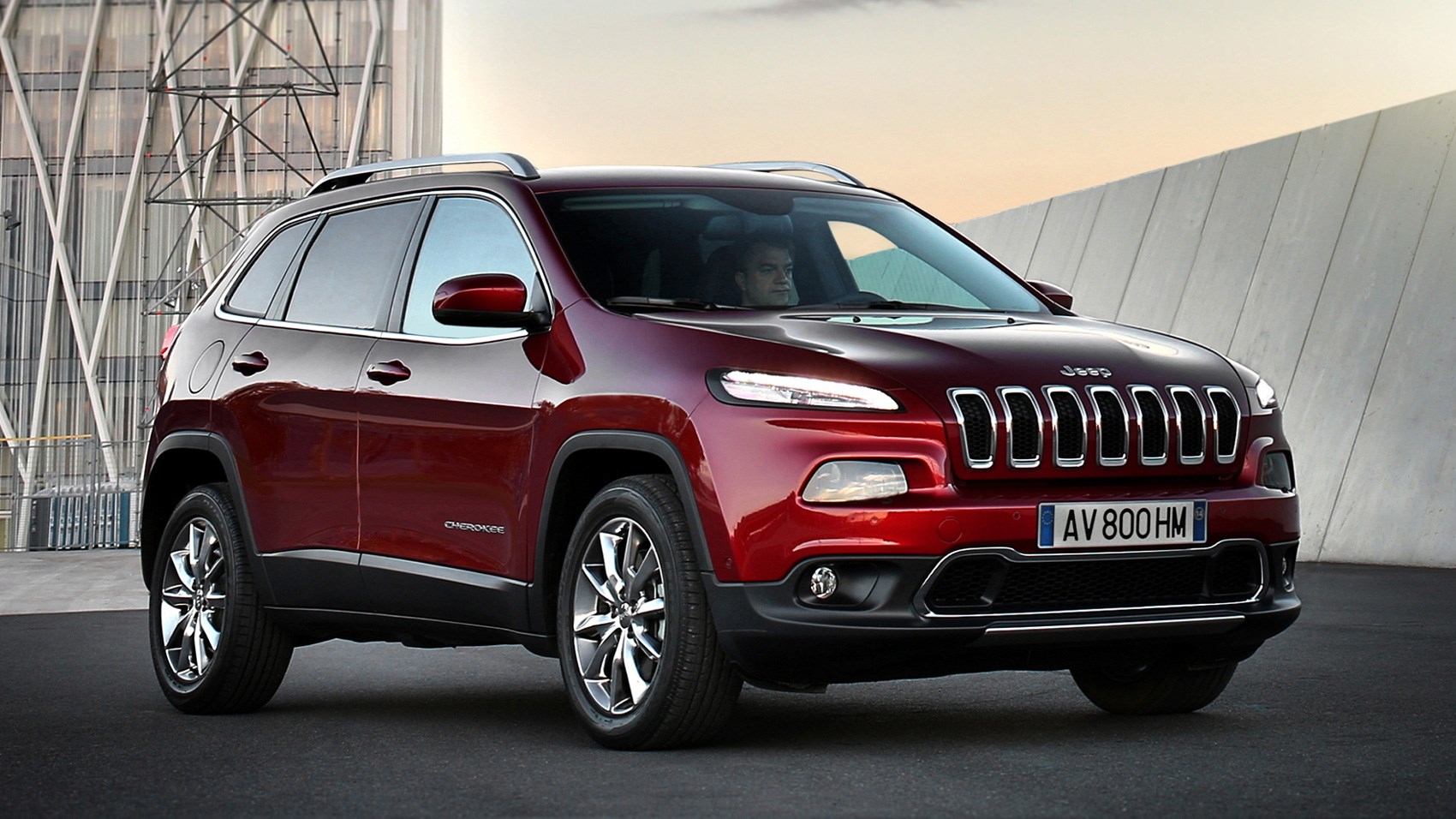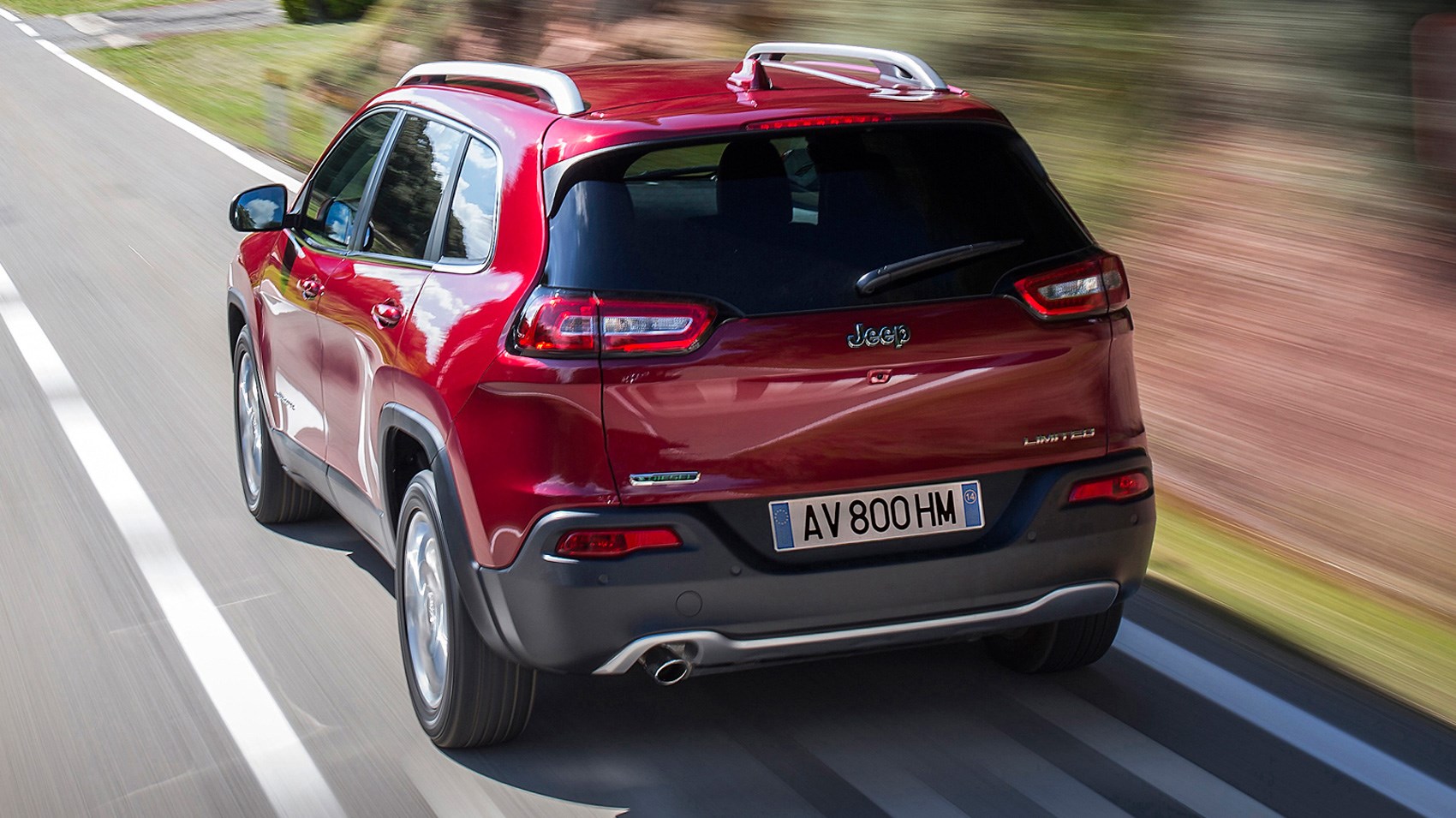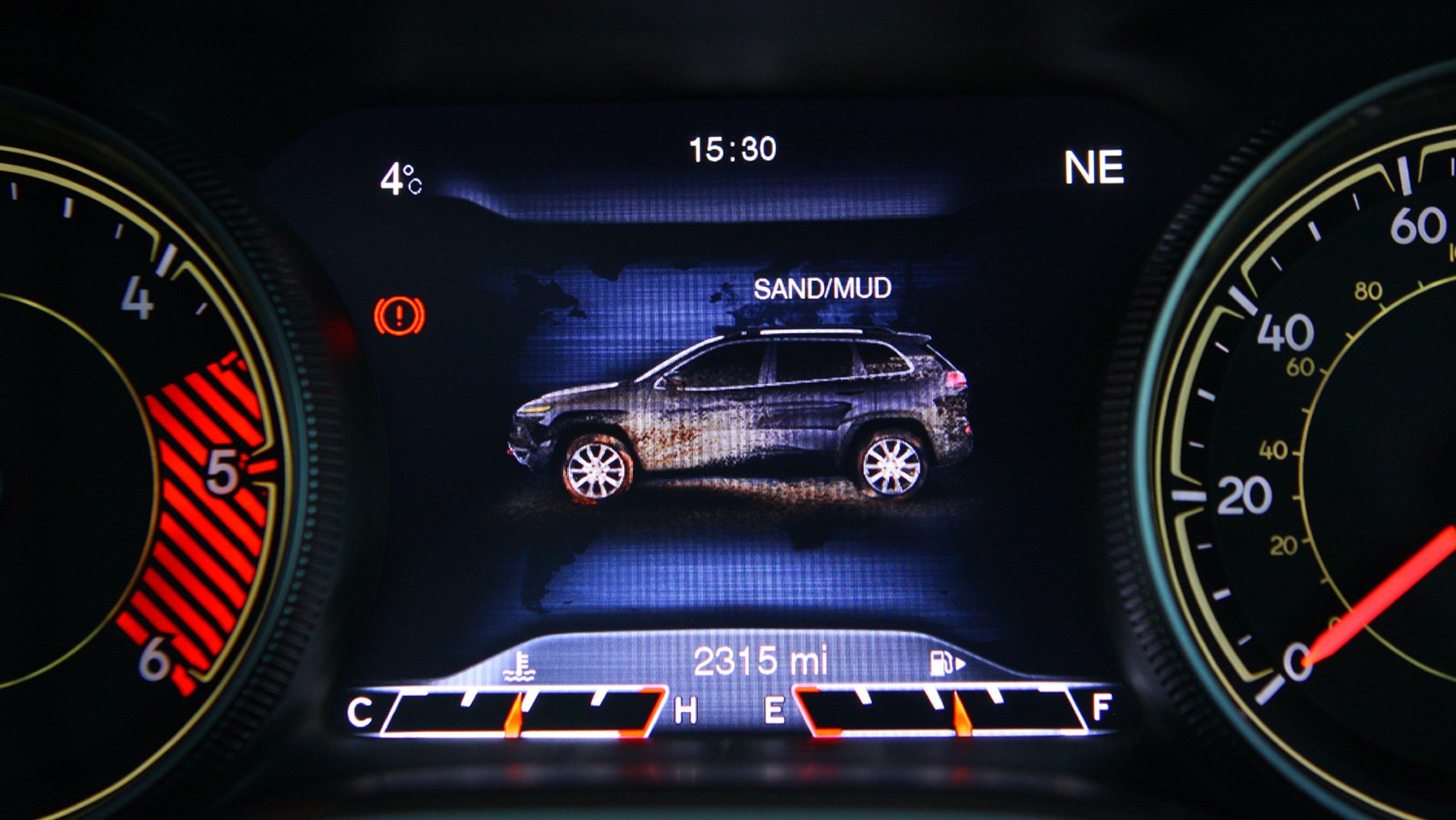► Well-equipped Cherokee Overland driven
► Genuine off-road ability
► Range from £32k, ours was £45k
Jeep tends to stick with the same model names and similar styling for a long time, but don’t be fooled into thinking that nothing changes in this most heritage-conscious of brands, currently part of the giant Fiat-Chrysler group.
That heritage is built partly on ruggedness and off-road ability, plenty of which is present and correct in the Cherokee Overland (no relation). When Jeep started making Cherokees in 1974, it had no competition aside from Land Rovers. Now, 40-odd years on, the current holder of the Cherokee badge is in one of the biggest selling and fastest growing car categories.
Has it changed enough to be relevant, while simultaneously staying true to the values that have made Jeep one of the great survivors? Time to don the Timberland boots, plaid shirt and quilted gilet, and find out.
What exactly is a Jeep Cherokee these days?
Think of it as being roughly akin to a Volvo XC60, while the Grand Cherokee is loosely competing with the XC90. It’s bigger than the new Compass and the cheeky Renegade, and more car-like than the Wrangler (a replacement for which isn’t far off). So it’s a mid-size SUV, a five-seat, five-door family car that can also cope with some rough roads.
There are four spec levels (Longitude +, Limited, Overland and Trailhawk) and four engines (138bhp 2.0-litre diesel, a 2.2-litre diesel with 183bhp or 197bhp, and a 3.2-litre petrol V6 making 268bhp). There are six-speed manual and nine-speed automatic gearboxes. Most versions are all-wheel-drive, but you can have front-drive on a 2.0 diesel.

It’s a five-door, five-seater with a big, well-shaped boot and a high level of equipment fitted as standard, including different settings for tricky terrains (snow, mud, etc).
Our test car’s Overland spec includes a huge glass roof that makes the cabin feel light and even roomier than it is. It also has different wheels, some external trim differences and fancy upholstery.
What’s it like to drive?
Plush and relaxed, much of the time, and capable of cruising happily at motorway speeds. The steering is reassuringly well weighted and predictable. There’s excellent mid-range torque for confident overtaking. The ride is wonderful in a straight line, soaking up speed bumps and potholes. However, there’s massive body roll during cornering, and the brakes are poor, lacking both the power and feel you take for granted with the rivals.

Our 2.2 diesel engine, with nine-speed auto ‘box and all-wheel drive, often felt crude and jerky around town, as if it couldn’t always find quite the right gear. This is heavy artillery, not a surgical strike.
Our test car was fitted with £1600 worth of electronic safety extras, including lane-departure warning, cross-path detection, blind spot warning and a suite of parking aids. There was also £265 worth of full-size spare wheel and £700 worth of red paint, sparkling nicely with the chrome wheels.
How about that legendary ruggedness?
The Cherokee strikes a good balance between plushness and practicality. The rear seats are excellent for two big adults or three Euro-spec ones. That boot isn’t just big, it’s also flexible, making it very easy to stow your gear however awkwardly shaped it may be. In the front, you get plenty of room, a good view out and decent noise insulation.
Yet this is also a car that you really can drive up forest roads and farm tracks with confidence, taking advantage of its good ground clearance, well damped suspension and under-body protection.

From the driver’s seat, it feels like a car that will last forever and a day. Everything you touch in normal driving has a reassuring weight and quality to it. Well, nearly everything. Some of the switches and adjusters are a bit fiddly and cheap-feeling.
Verdict
The Cherokee divides opinion, to put it mildly. Some of us loved it, forgiving its quirks and deficiencies because it feels so good when it’s cruising along. Comfortable, roomy and relaxed, it’s got a little magic about it, for some people at least.
Others hated the body roll, the brakes and the awkwardness at low speeds, and were less forgiving of the odd low-spec lever and switch. They also complained that it felt bigger than it actually is.
And then there’s the price. However you cut it, the Cherokee’s entry-level price of £32,685 is a lot, and our Overland model with options is around £12,000 more than that. When you’re up against cars as good as the Discovery Sport, the X3 and the XC60, that’s not cheap, and only really makes sense if you’re won over as much by its subjective appeal as by its objective qualities.
Check out our Jeep reviews here